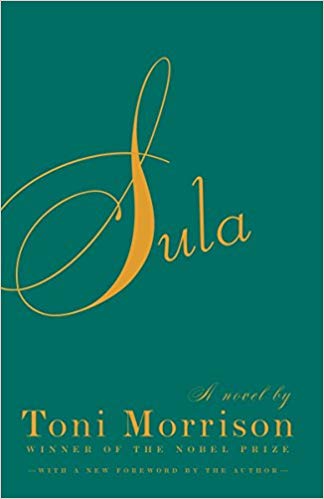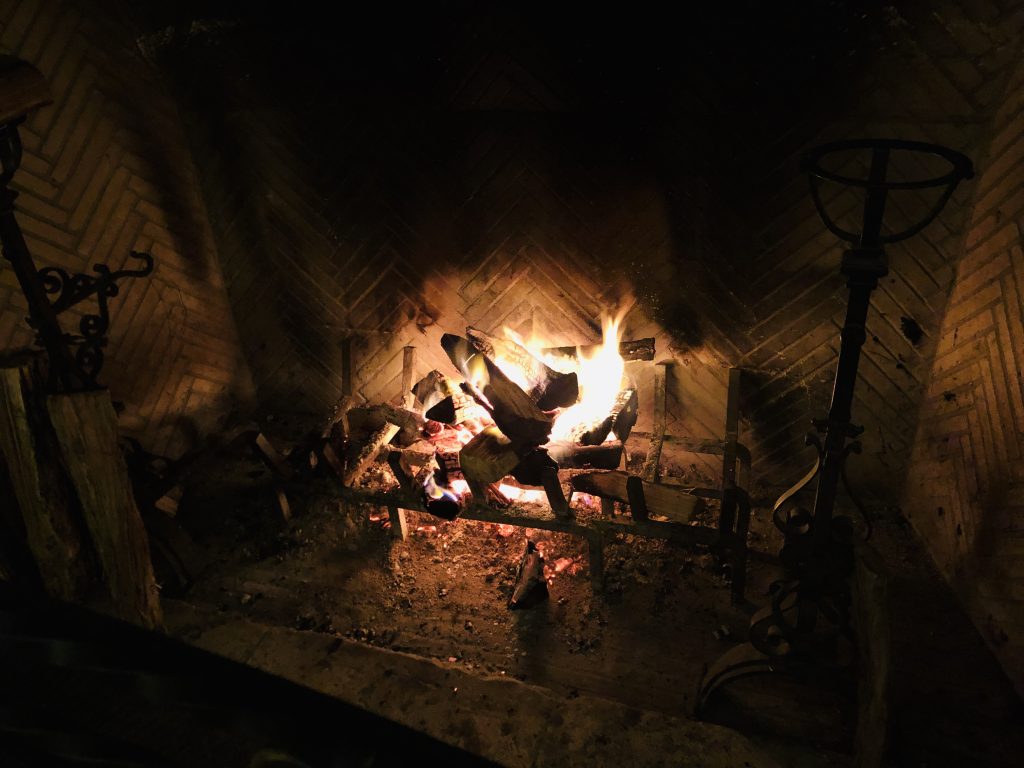With only a few days left in December, January’s hopes wait in tender places inside us.
I’ve been reflecting on some books that touched me this year. The top three that come to mind are Say, Say, Say by Lila Savage, Late Migrations by Margaret Renkl, and How to Catch a Mole by Marc Abrams. I was also deeply moved and troubled by Toni Morrison’s Sula. I’d call it my heartache read of the year – the good kind of heartache, if there is such a thing.
I hadn’t read anything by Morrison in a long time, but her death in August prompted me to pick up Sula, published in 1973. (My favorite book critic, Sam Sacks, said it was his favorite of her novels – and that is how I chose it. More on that below.)
Sula tells the story of the dear friendship between Nel and Sula, two little black girls who live in “the Bottom,” the black part of town, in Medallion, Ohio. They’re growing up in the 1920s – in and out of each other’s homes – overhearing the grownups – starting to figure out boys. And themselves.
There’s a quality of female friendship that seems distinctive over time and place, generation and race – and it is endlessly fascinating. What draws us together, what links us, what binds us tighter than blood? And why do we – slowly or wrenchingly – grow apart?
Sula is my heartache read and also my heart-stretching read of 2019, in no small part because of the history Morrison chronicles. The book begins with the soldier Shadrack, recently back from World War I:
A young man of hardly twenty, his head full of nothing and his mouth recalling the taste of lipstick, Shadrack had found himself in December, 1917, running with his comrades across a field in France.
He comes home damaged in mind and haunts the pages of the book.
Equally haunting are some of the daily privations faced by blacks living in our country at the time. Nel and her mother travel by train to New Orleans to visit a grandmother on her death bed, and the only place they can relieve themselves for much of a 3-day trip is in fields by the various train stops. With eyes upon them.
But nothing is simple, in Morrison’s telling. Years later, Nel’s husband Jude comes home from work in a foul mood, complaining of the “same old stuff,” insults from a white customer and also his boss…
…a whiney tale that peaked somewhere between anger and a lapping desire for comfort. He ended it with the observation that a Negro man had a hard row to hoe in this world. He expected his story to dovetail into milkwarm commiseration, but before Nel could excrete it, Sula said she didn’t know about that – it looked like a pretty good life to her.
Ends up – she’s being sarcastic. But not entirely.
2019 has been a good year for me. But not entirely. How about for you?
Happy New Year, friend! Out with the old, in with the new. Hold my hand, and I’ll hold yours.
* * *
Original version published in Nfocus, December 2019.
* * *
From Sam Sacks in the Wall Street Journal, August 8, 2019:
“Toni Morrison liked to note, when importunate interviewers wondered when she was going to write about something other than the African-American experience, that Tolstoy didn’t intend his books to be read by black girls from Ohio. Her point was that notion of universalism is fraudulent. To be a writer of any worth one must be a regionalist. Tolstoy’s subject and audience was the 19th-century Russian gentry, and the truths he mined from that niche have ensured “Anna Karenina” a place in every small-town library in the world. Morrison’s focus was on black Americans, from their place in the founding colonies to the present day. When she died on Monday at the age of 88 she was the most globally cele-brated American writer since Ernest Hemingway and her books had remade the field of fiction.
Morrison’s celebrity makes it easy to forget that the grandeur of her novels springs from their grassroots origins in African-American speech and folkways. She wrote, in her own words, “village literature.” The language she used was something wholly new, meticulously hand-carved from the material of rural black dialect. What critics mistook for poetic flamboyance was often simply figures of speech gleaned from her Midwest childhood. She wasn’t a fabulist, yet her novels are suffused with magic, in recognition of the role that oral tradition had in shaping the conscious-ness of her characters…
Morrison had influences, naturally. Joyce and Faulkner, two defiantly provincial writers whose modern mythologies teemed with symbols and wild, bespoke language, are the most interesting. But there really was no precedent for the sort of books she conceived. She was a single mother of two and a full-time editor at Random House when she wrote her first novel, “The Bluest Eye” (1970), about a black girl who judges herself by white standards of beauty. She was moved to write it, she said, because the story interested her and nobody had told it before. The same went for her graceful, intimate second work, “Sula” (1973)—this reader’s favorite—about a friendship between girls, a subject then so uncommon that the book was considered a curio. From the start, Morrison obliged readers to meet her on her own terms. “I’m gonna stay out here on the margin,” she told an interviewer, “and let the center look for me.”




Thanks for all your posts, Jennifer! (I too found Sula wrenching. Love your take on it and Sam Sacks’.) And yes, 2019 has definitely been a year of ups and downs. I’m here with a hand to hold whenever you need one!
Sending love, with my deepest thanks for your dear friendship, Caroline – xoxo
Through the peaks and valleys – we need our friends. Glad to count you among mine.
So glad to count you among mine, as well, Patricia. Xoxo
https://poets.org/poem/year
Happy New Year, neighbor-friend! xo
Happy New Year, dear Jo! Xoxo
I adore Sam Sacks, loved his critique in Saturday’s Journal and have marked several of the Morrison quotes: “Evil has a blockbuster audience. Goodness lurks backstage. Evil has vivid speech. Goodness bites its tongue.” Bless you for bringing these titles back to be considered! Yes, I’ll hold your hand throughout the year and look forward to more Bacon bits in 2020.
ILYSM. xoxo